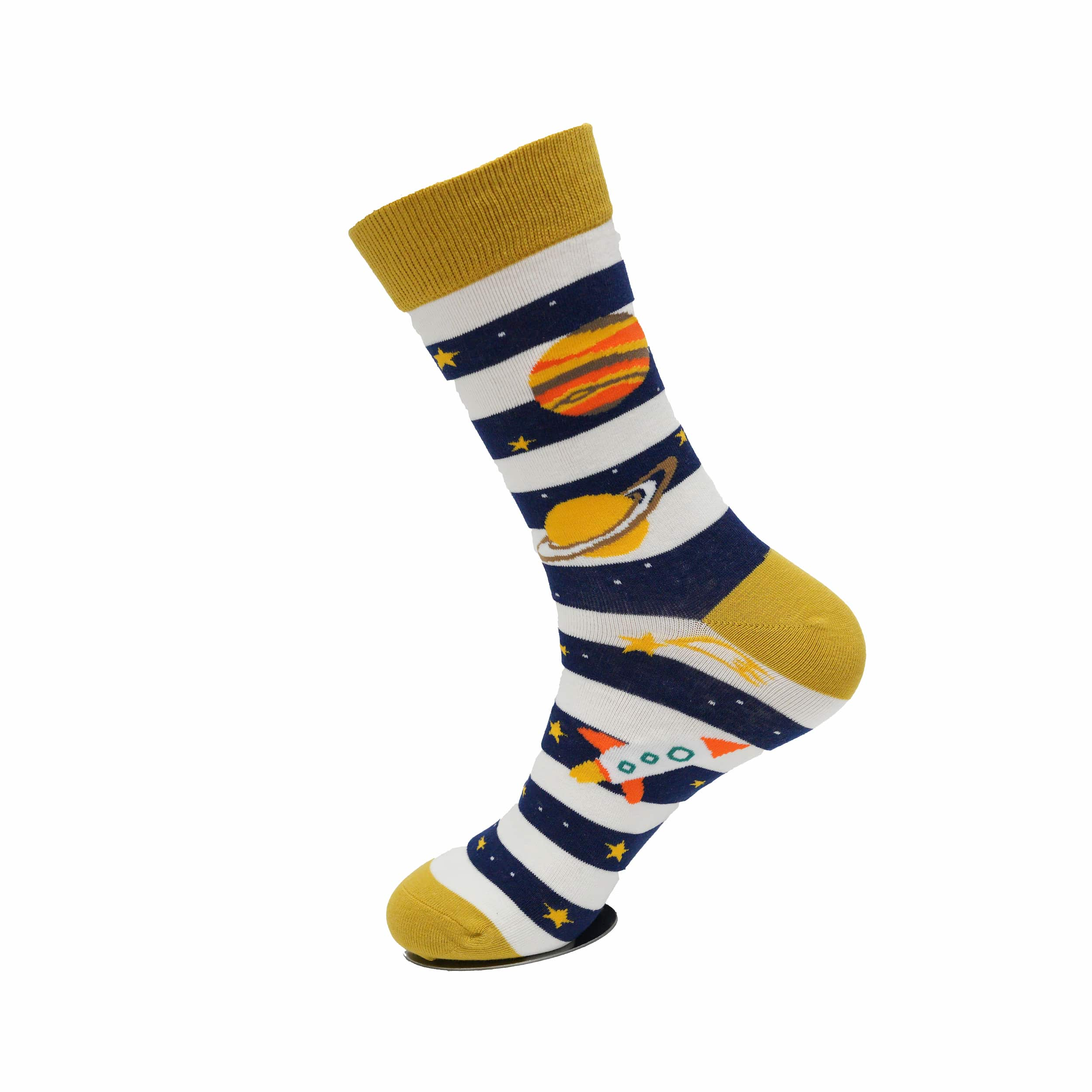Social Media: The Key Force Reshaping the Socks Sales Landscape
In the current digital era, social media exerts a profound and far – reaching influence on socks sales. The following in – depth analysis is based on the latest market data and real – world cases.
I. From “Necessity” to “Fashion Item”: Social Media Leads the Transformation of Socks
In recent years, the socks market has witnessed a trend of diversification and fashionization. Especially among the younger generation of consumers, socks are no longer merely regarded as basic items for warmth or anti – slip purposes. Instead, they have become an essential part of fashion accessories. Social media platforms such as Instagram, TikTok, and Pinterest have powerfully propelled this trend by showcasing bold and unique sock designs. On these platforms, colorful and peculiarly patterned sock pictures and videos continuously pique consumers’ interest, gradually transforming socks from unnoticed essentials to eye – catching elements in the fashion arena. This trend is of great significance for socks manufacturers as they need to adapt to the changing consumer demands for more fashionable sock designs.
II. Social Media Marketing: The Core Driver of Socks Brand Growth
Social media provides socks companies with highly effective marketing tools, enabling brands to rapidly increase their visibility and achieve remarkable sales conversions. Many brands have thrived in this context:
– Happy Socks: By collaborating with well – known IPs like Disney and The Beatles to launch co – branded socks, and actively promoting them on platforms such as TikTok and Instagram. The #HappySocks hashtag on TikTok has over 6000 related posts. This strategy has successfully attracted a large number of young consumers. These co – branded socks not only incorporate popular cultural elements but also leverage the dissemination power of social media to become trendy items among the youth. For socks factories , such successful brand – building cases can inspire them to explore more co – operation opportunities to expand their product lines.
– Tabio: Through content marketing with a strong visual impact, it has generated over 270,000 topic discussions on Instagram. This has significantly enhanced the brand’s exposure and, in turn, remarkably improved the conversion rate on e – commerce platforms. The carefully curated pictures and videos precisely convey the brand’s fashion concepts and product features, enticing consumers to place orders. Socks manufacturers can learn from Tabio’s content marketing strategies to better promote their own brands.
– Bombas: By initiating engaging interactive challenges like the “Express Love Challenge” on TikTok and Instagram and partnering with celebrities, it has successfully crafted a warm and professional brand image. This approach has attracted the attention of numerous fans and consumers, winning a good reputation for the brand. Socks companies can draw inspiration from Bombas’ interactive marketing methods to enhance their brand influence.
III. Building Emotional Bridges: Social Media Helps Brands Connect Closely with Consumers
Social media constructs an emotional communication bridge between brands and consumers, effectively enhancing brand loyalty.
– Bombas: Through emotionally charged content and diverse user – interaction activities such as street interviews and themed challenges, it has strengthened users’ sense of identity and participation with the brand. During the participation process, consumers not only gain a deeper understanding of the brand’s values but also form a strong emotional bond with the brand. This kind of user – centered marketing strategy is worthy of reference for **socks companies** aiming to enhance brand loyalty.
– Stance: By collaborating with artists and celebrities to launch limited – edition socks, it has accurately targeted consumers who pursue fashion and individuality. These limited – edition products, with their unique designs and the endorsement of celebrities and artists, have become symbols for consumers to showcase their personalities, attracting them to continuously follow and purchase the brand’s products. Socks manufacturers can consider similar co – operation models to meet the needs of different consumer groups.
IV. Social Media: A Crucial Factor Influencing Consumers’ Purchase Decisions
The rich content and genuine user feedback on social media have a significant impact on consumers’ purchase decisions. Data shows that consumer engagement on social media platforms has increased by 45%, and the sales performance of limited – edition socks is 60% higher than that of standard designs. Moreover, recommendations from influencers and celebrities on social media have significantly enhanced the brand’s credibility and market acceptance. When browsing social media, consumers are often influenced by these recommendations and shares, thus generating a desire to purchase. This indicates that socks companies should pay more attention to social media marketing to influence consumers’ purchasing intentions.
V. Driving Innovation and Sustainable Development: The New Mission of Social Media
Social media not only propels socks towards the forefront of fashion but also encourages brands to actively innovate in the field of sustainable development. Take Bombas as an example. By vigorously promoting environmentally friendly materials and sustainable production methods, it has successfully attracted consumers who are concerned about environmental protection, and its brand loyalty has increased by 30%. This advocacy for sustainable development not only aligns with the current environmental concepts of consumers but also endows the brand with long – term development potential. Socks manufacturers and socks factories need to keep up with this trend and explore more sustainable production and marketing models.
Conclusion
Social media has comprehensively reshaped the ecological environment of socks sales. It has altered consumers’ traditional perception of socks, provided socks companies with powerful marketing tools and innovation spaces. Through social media, brands can establish closer emotional connections with consumers, enhance brand loyalty, and ultimately achieve steady growth in sales performance. In the future, social media is expected to continue to play a crucial role in leading the socks industry to new heights of development. Additionally, with the increasing demand for personalized products, custom men’s socks can be a new area for socks companies and socks manufacturers to explore, leveraging social media to promote customized services and meet the diverse needs of male consumers.




